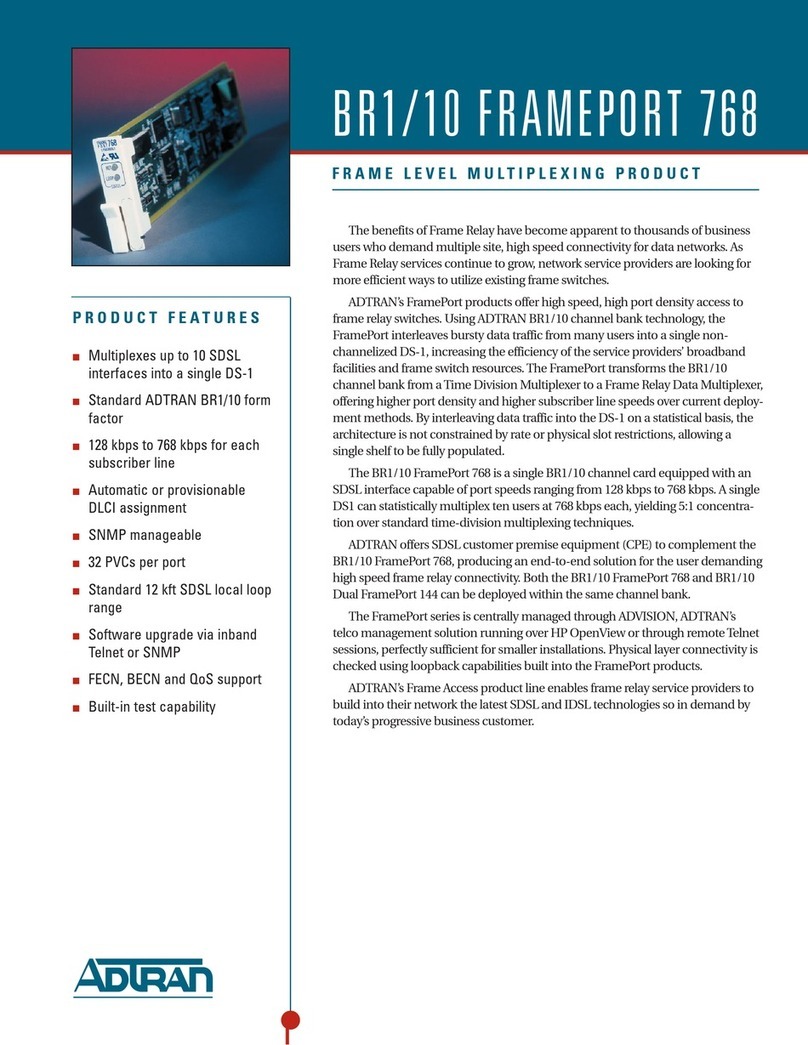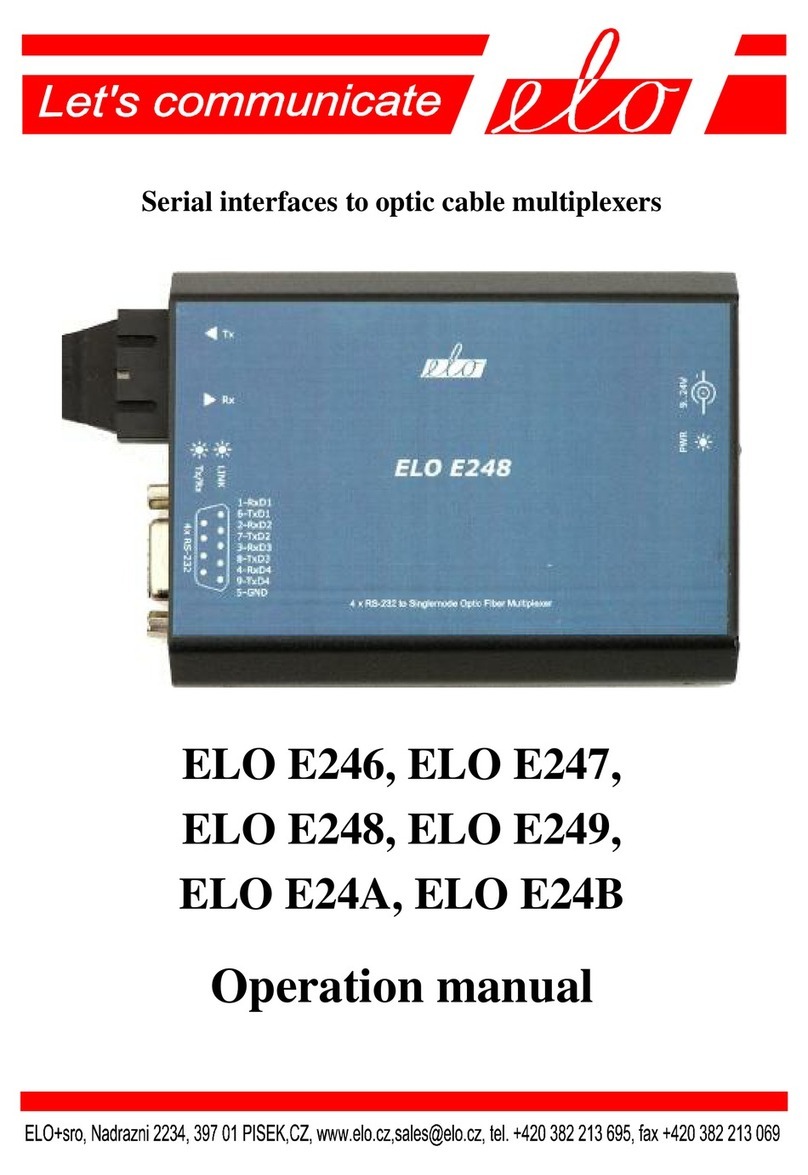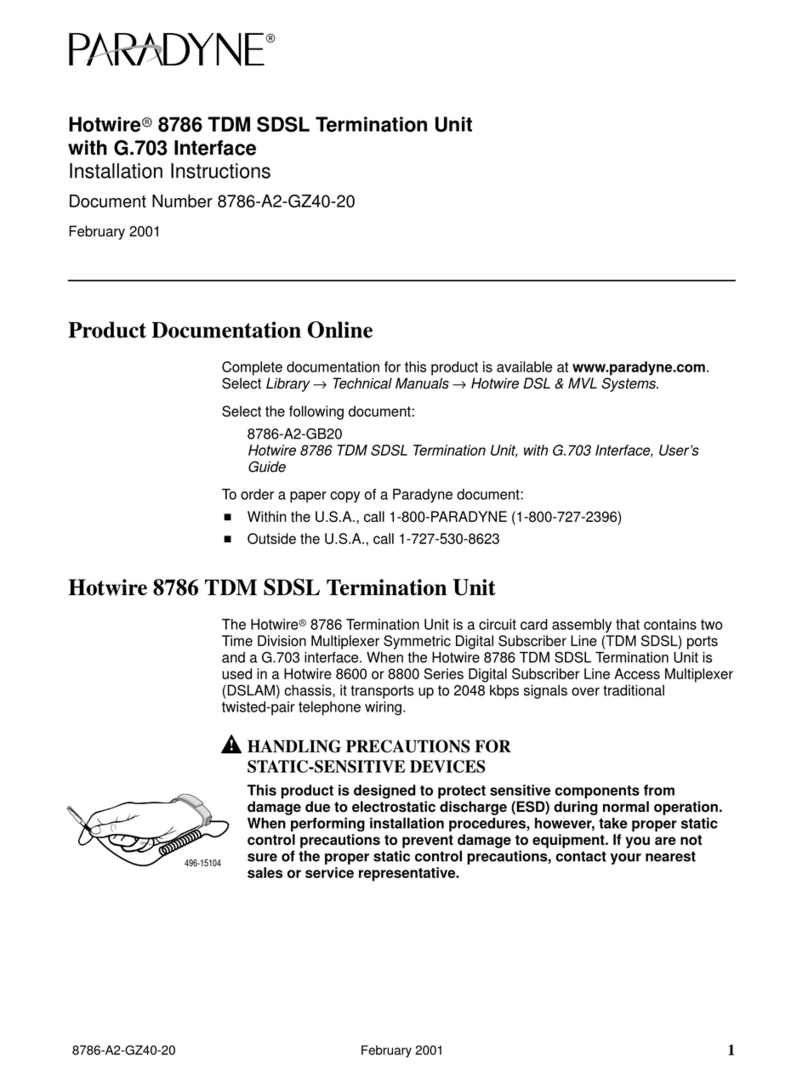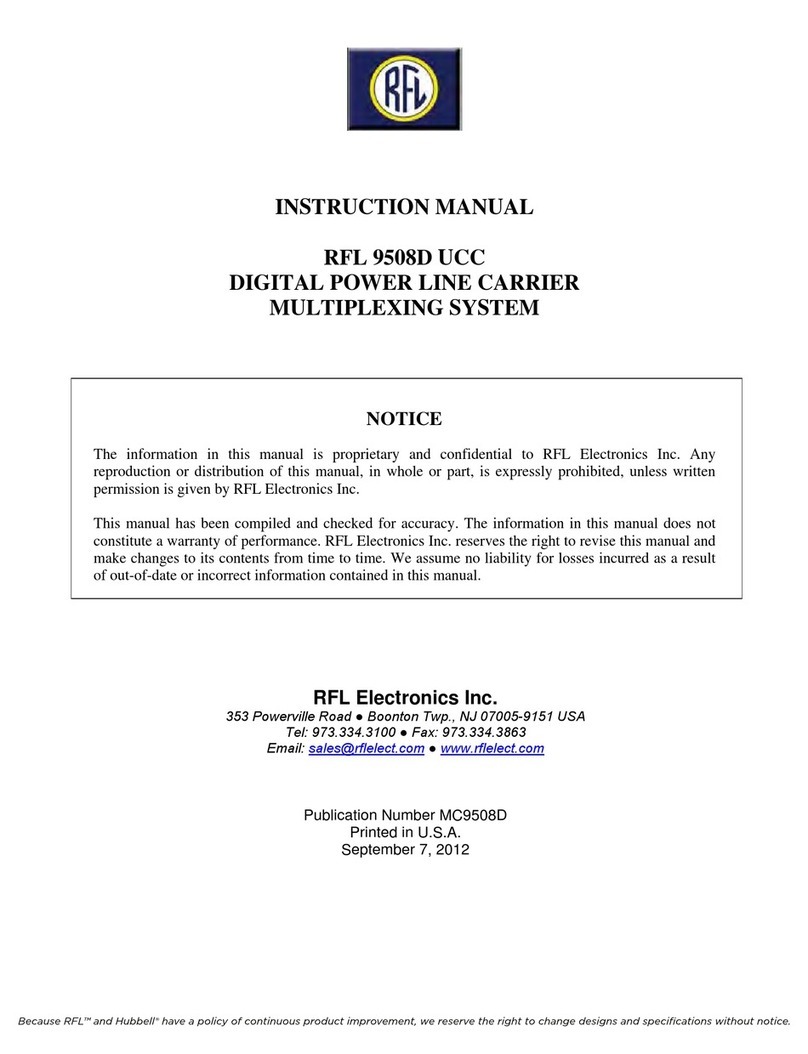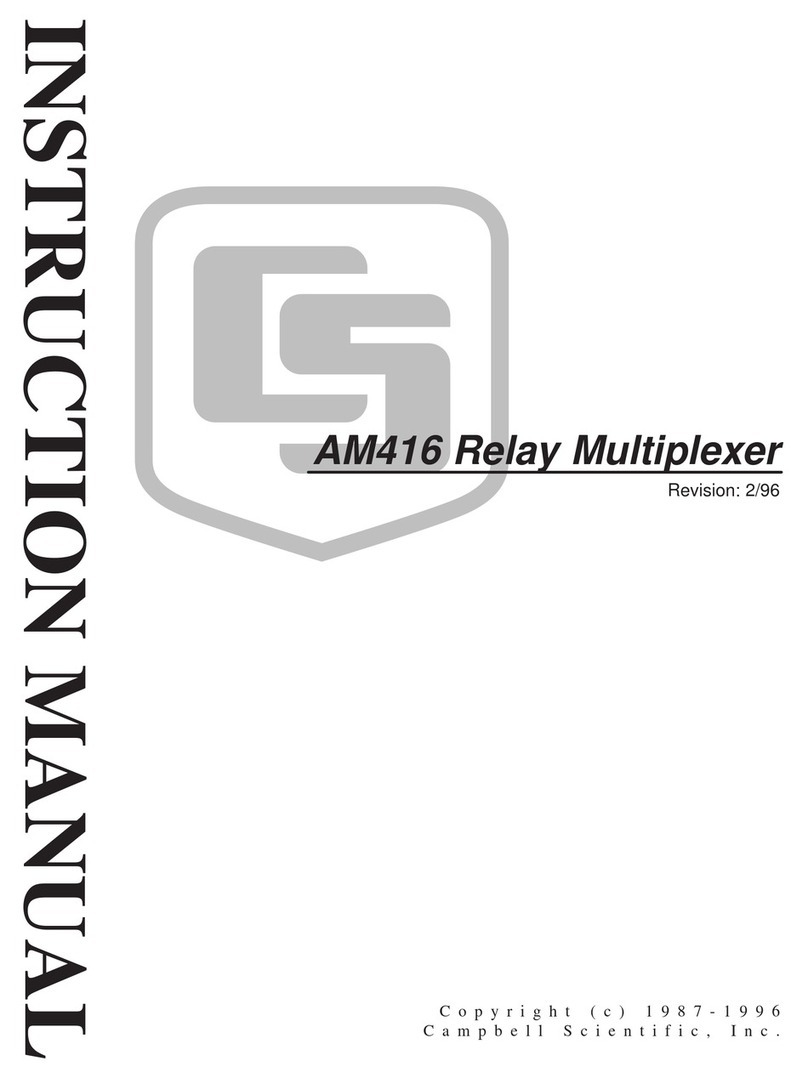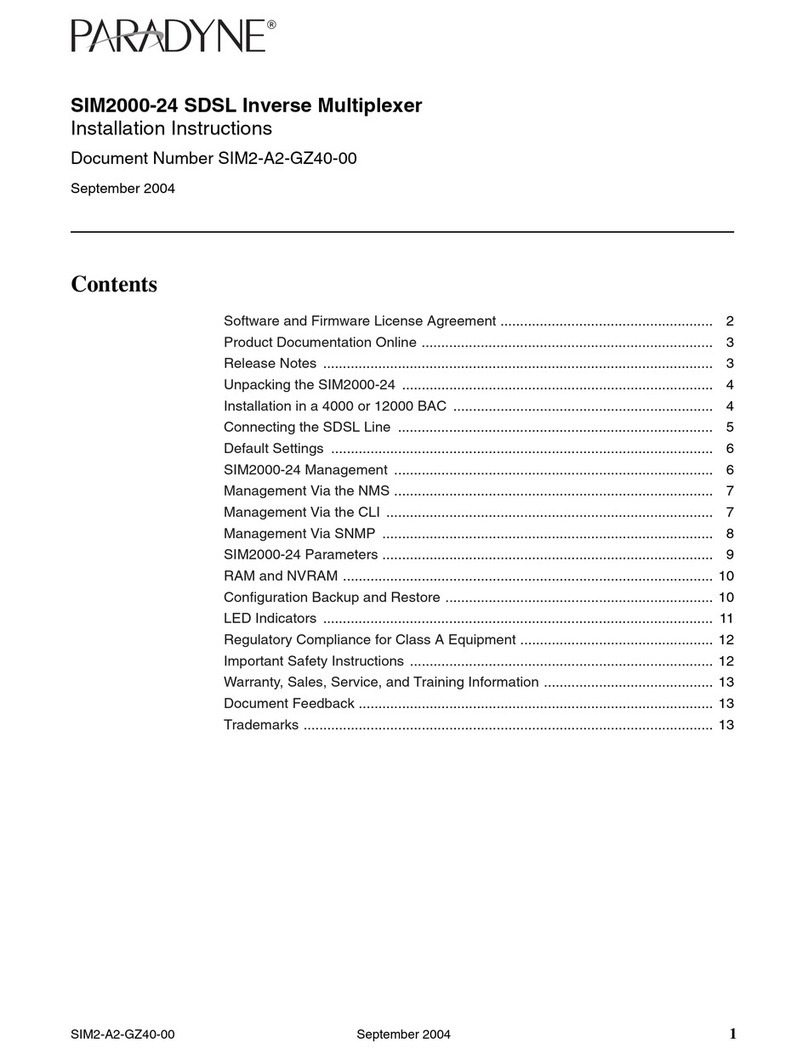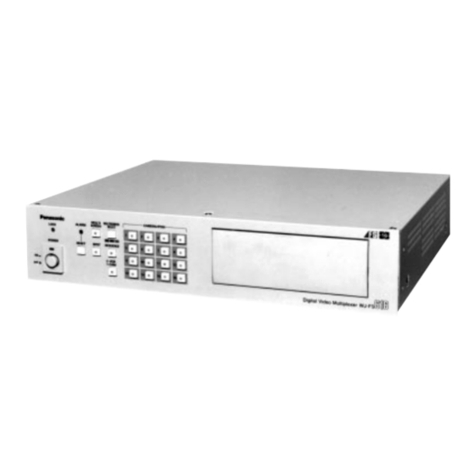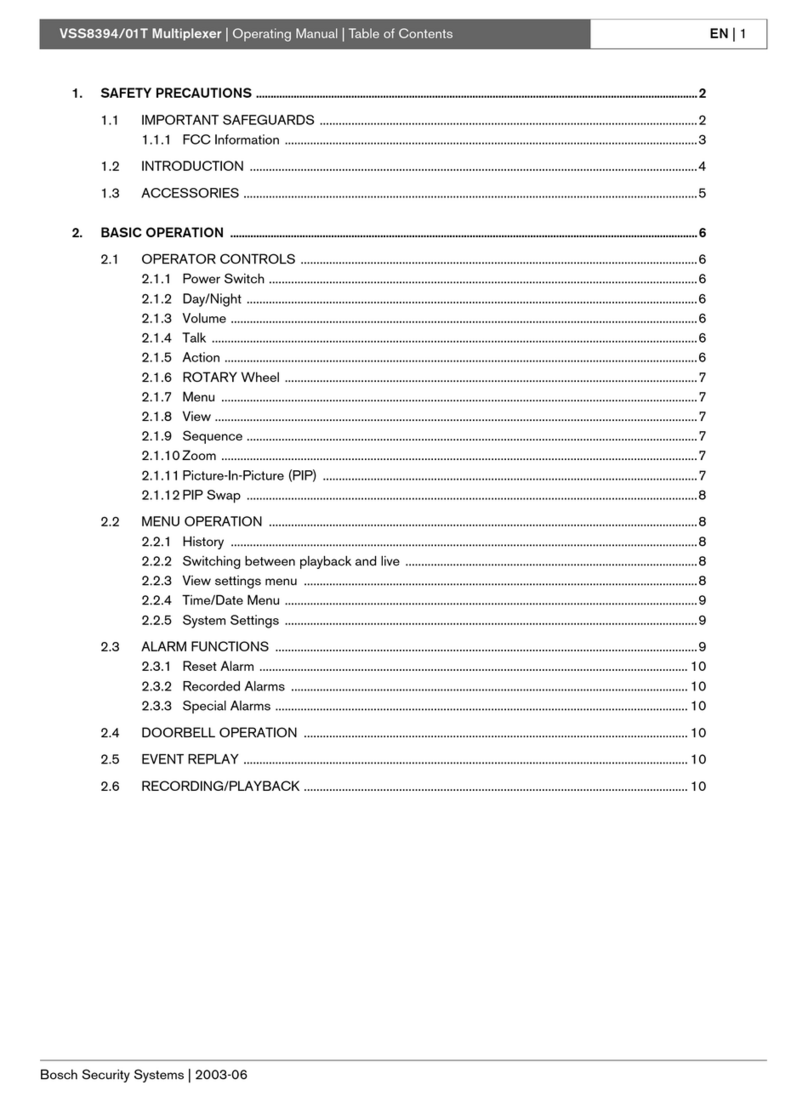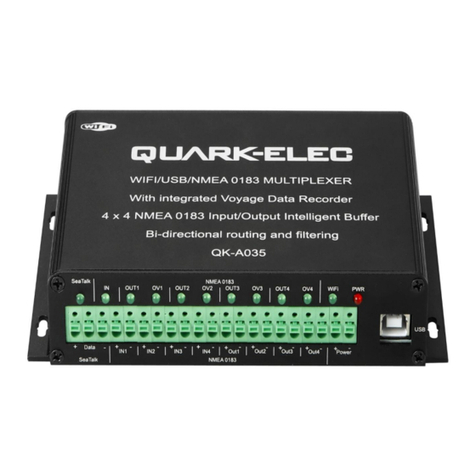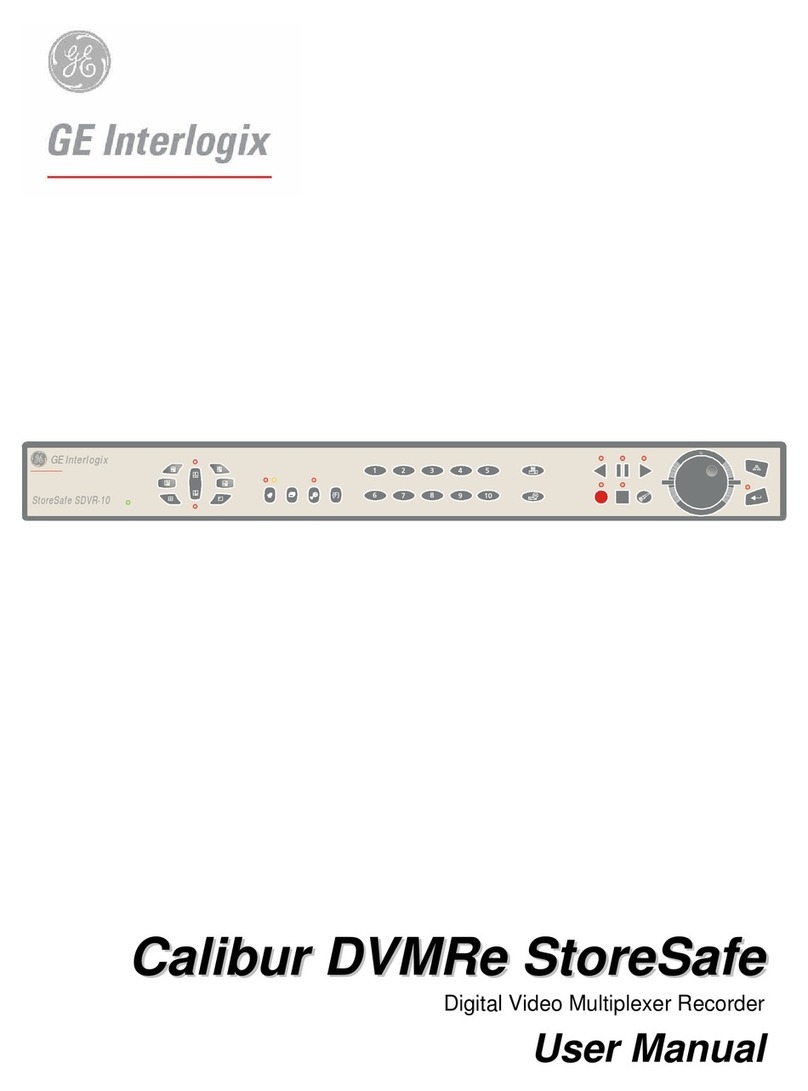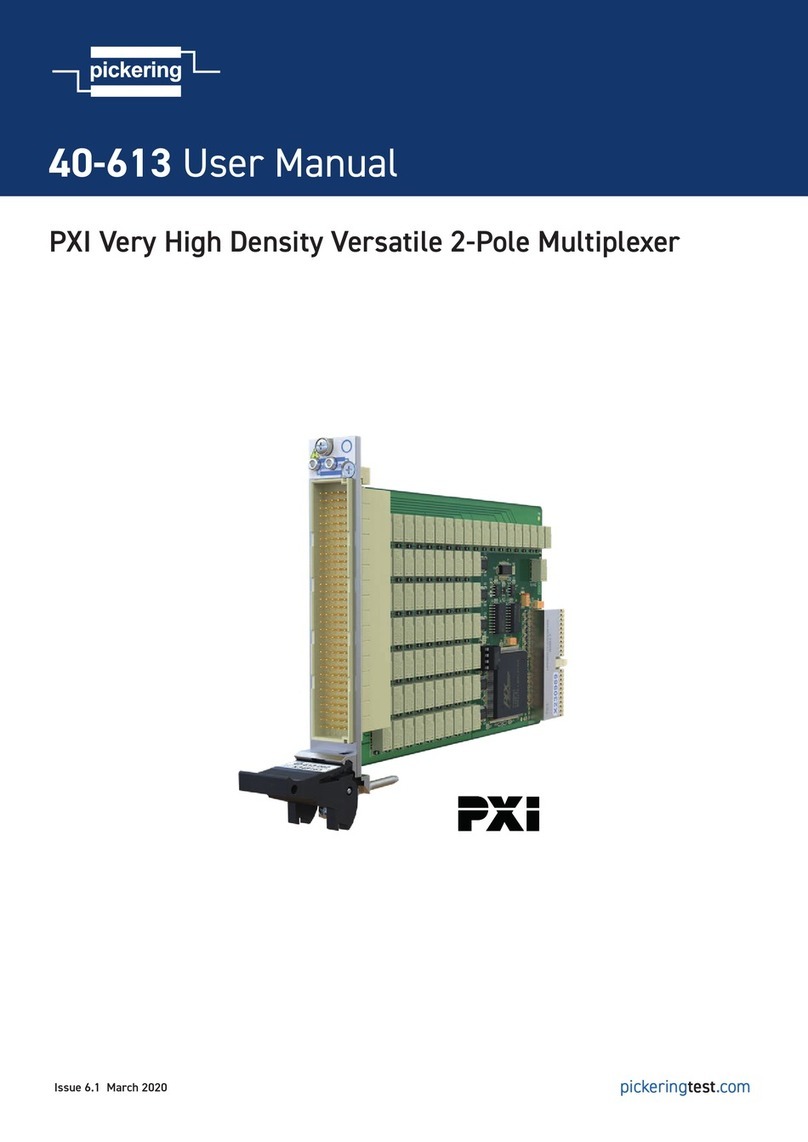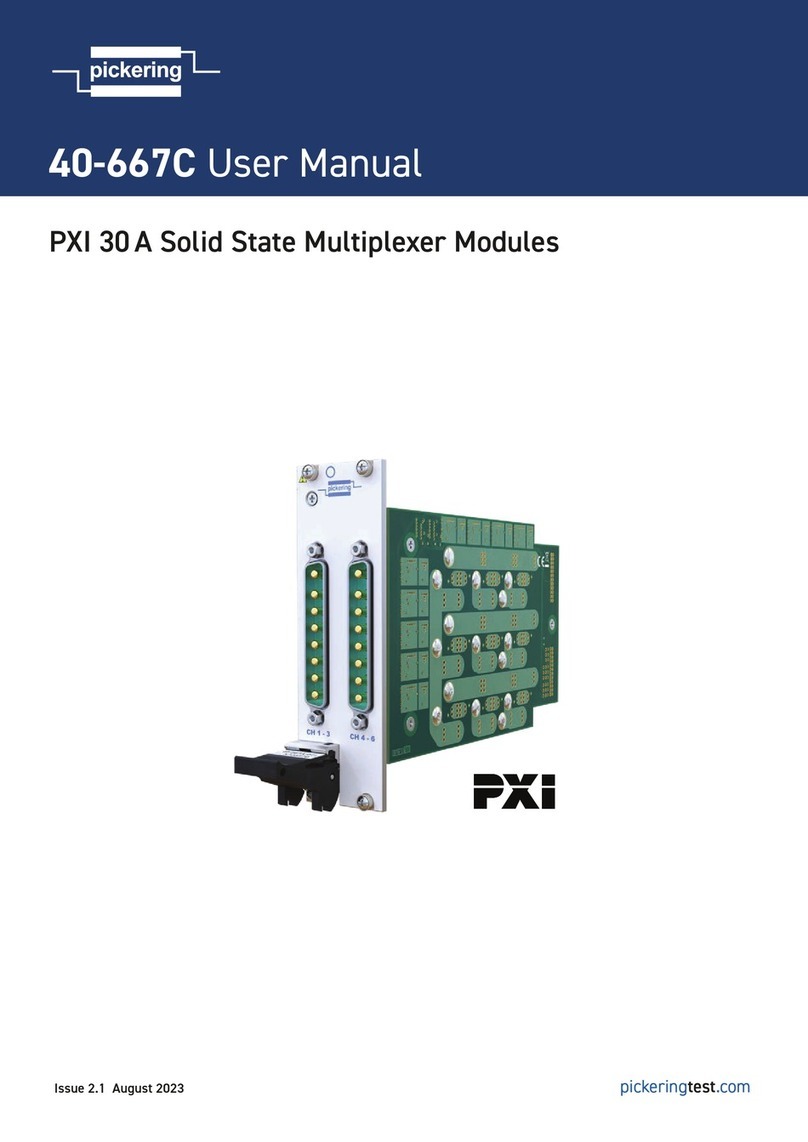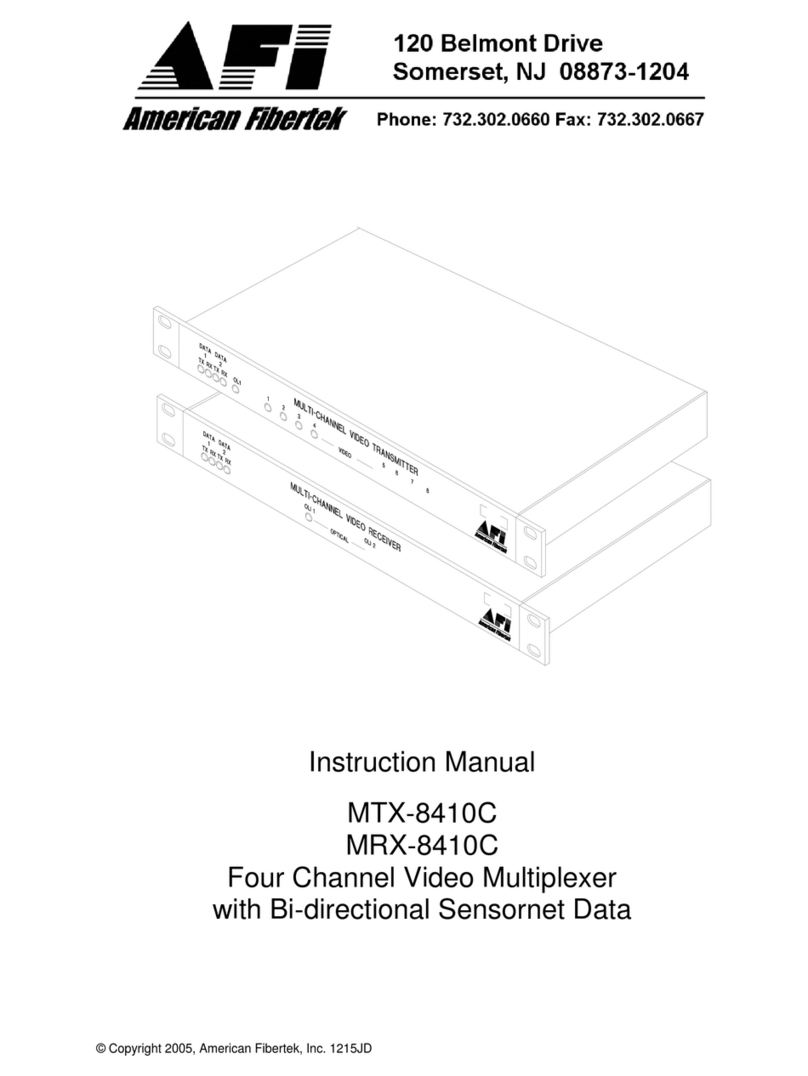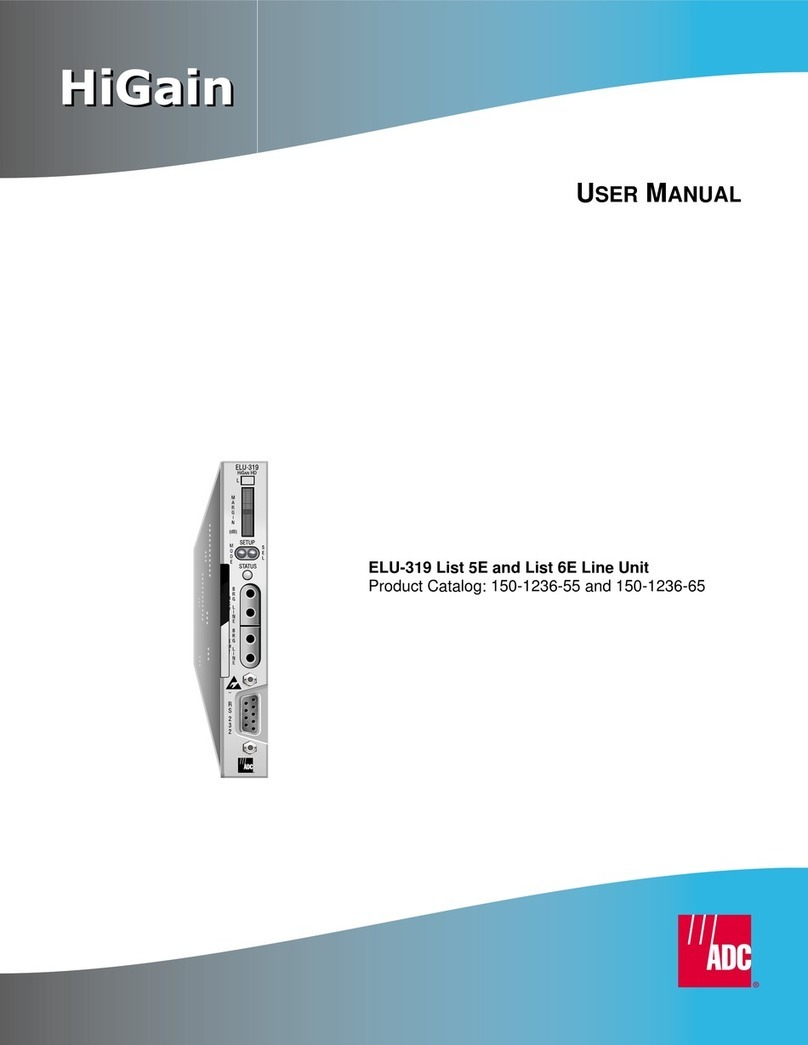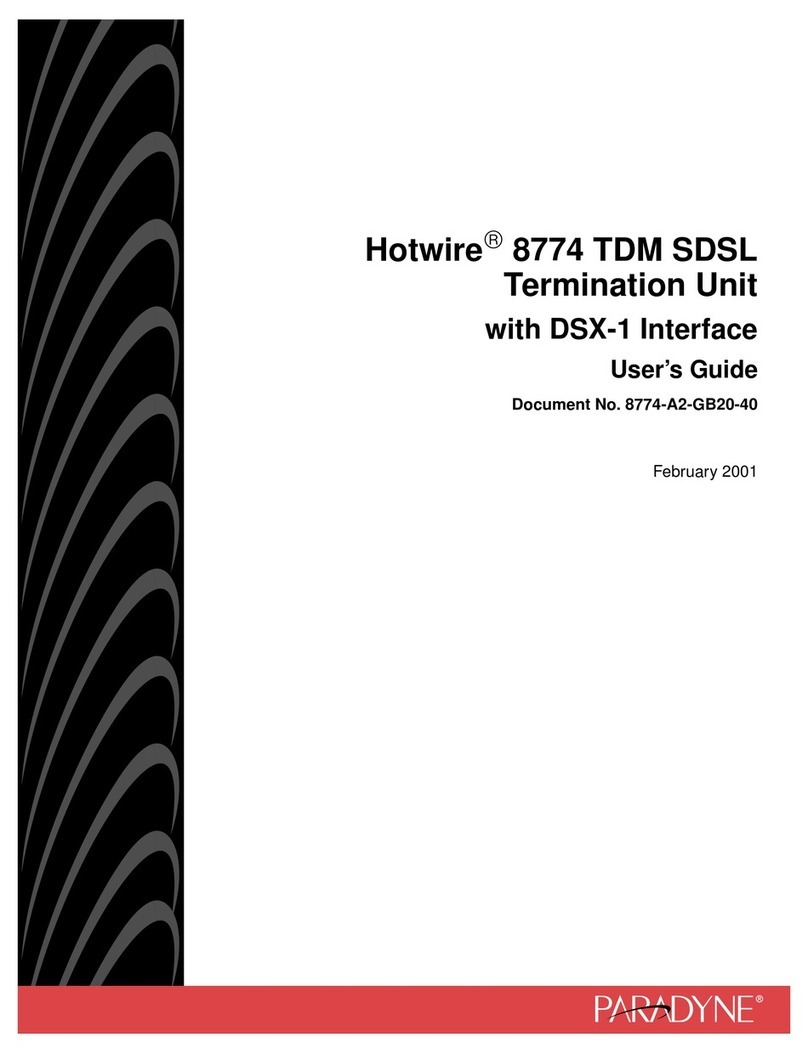
907-0601-00 Rev. C Model 907 Video/Data Multiplexer – User’s Guide
Focal Technologies Corp. Page iv
Figure 3-12: Model 907-HDM2 Multiplexer Motherboard .............................................................................. 3-11
Figure 3-13: On board I/O Channels for 907-HDM2-R and 907-HDM2-C ..................................................... 3-12
Figure 3-14: On board I/O Channels for 907-HDM2-R and 907-HDM2-C ..................................................... 3-13
Figure 3-15: On board I/O Channels for 907-HDM2-R and 907-HDM2-C ..................................................... 3-13
Figure 3-16: 907-HDM2-R & 907-HDM2-C Multiplexer Card ........................................................................ 3-14
Figure 3-17: Model 907-GEM Multiplexer Motherboard ................................................................................ 3-16
Figure 3-18: On board I/O Channels for 907-GEM-R and 907-GEM-C Multiplexer Motherboard Cards ...... 3-17
Figure 3-19: 907-GEM-R & 907-GEM-C Multiplexer Card ............................................................................ 3-18
Figure 4-1: Media Converter Card (907-GBES)............................................................................................... 4-1
Figure 4-2: 907-MC (10/100 Ethernet) Card without WDM ............................................................................. 4-2
Figure 4-3: 907-1394 Media Converter Card ................................................................................................... 4-3
Figure 4-4: 907-ECL Media Converter Card .................................................................................................... 4-4
Figure 4-5: 907-HDV (HD-SDI) Media Converter card .................................................................................... 4-5
Figure 4-6: 907-GBE Media Converter Card ................................................................................................... 4-6
Figure 4-7: 907-GBE2, Dual Gigabit Ethernet Media Converter Card ............................................................. 4-7
Figure 4-8: 907-GBES Media Converter Card ................................................................................................. 4-8
Figure 5-1: 907-EIBS Ethernet Expansion Card .............................................................................................. 5-2
Figure 5-2: 907-232, RS-232 Expansion Card................................................................................................. 5-3
Figure 5-3: 907-485, RS-485/422 Expansion Card ......................................................................................... 5-4
Figure 5-4: 907-SER, Serial Data Expansion Card ......................................................................................... 5-5
Figure 5-5: 907-ADC Expansion Card ............................................................................................................. 5-7
Figure 5-6: 907-DAC Expansion Card ............................................................................................................. 5-8
Figure 5-7: 907-AUDIO Expansion Card ......................................................................................................... 5-9
Figure 5-8: 907-AUDIO-T Expansion Card .................................................................................................... 5-10
Figure 5-9: 907-TTL Expansion Card ............................................................................................................ 5-11
Figure 5-10: 907-CIB Control Channel Expansion Card ................................................................................ 5-12
Figure 5-11: 907-420 Expansion Card ........................................................................................................... 5-13
Figure 5-12: 907-USB Expansion Card ......................................................................................................... 5-14
Figure 5-13: 907-AIB, Adaptable Interface Board Adaptor ............................................................................ 5-15
Figure 6-1: 907-EURO Eurocard Adaptor ........................................................................................................ 6-1
Figure 6-2: 907-EURO Eurocard Adaptor Card Assembly .............................................................................. 6-2
Figure 6-3: 907-PC104, 907 to Standard PC/104 Adaptor .............................................................................. 6-3
Figure 6-4: 907-DC-24 Power Distribution Card .............................................................................................. 6-4
Figure 6-5: 907-CWDM Optics Card ................................................................................................................ 6-5
Figure 6-6: 907-CWDM-4, 4-Channel CWDM Optics Card ............................................................................. 6-6
Figure 6-7: 907-CWDM-8, 8-Channel CWDM Optics Card ............................................................................. 6-7
Figure 6-8: 907-FOS, 1x2 Fiber Optic Switch Card ......................................................................................... 6-8
Figure 6-9: 907-SPLIT, 1x2 Optical Splitter Card ............................................................................................ 6-9
Figure 6-10: 907-DIAG LED Diagnostics Interface Card ............................................................................... 6-10
Figure 6-11: 907-DIAG-E Diagnostics Card ................................................................................................... 6-11
Figure 7-1: Example Optical Configurations .................................................................................................... 7-1
Figure 8-1: Example Model 907 Remote Stack View ...................................................................................... 8-1
